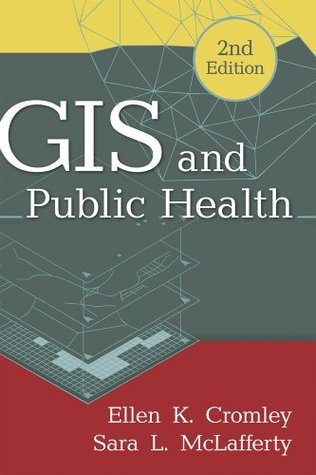Kindle Notes & Highlights
The scale at which a
health problem is studied should reflect an understanding of the disease process
and likely causative factors.
In preparing maps of case locations, analysts must also be sensitive to
reporting and sampling bias.
GIS to track the changing geographic distribution of infectious agents and their evolution over time.
Displaying the areas on maps may unfairly stigmatize the residents of core areas
and lead to place-based redlining and discrimination. The areas can become
labeled as places where disease risk is high, places to be avoided by businesses,
service providers, and individuals.
Core area mapping projects also need to recognize the social and economic conditions that underpin high prevalence. The higher risk of disease
in core areas is often rooted in patterns of social deprivation, including high
unemployment, low incomes, deteriorated housing, and poor access to health
care.
core areas are not zones of “deviant” behavior,
but rather products of a multitude of social and political inequalities and misguided social policies. From this perspective, developing effective intervention
programs requires an understanding of the social and political ecology of core
areas and how people’s a...
This highlight has been truncated due to consecutive passage length restrictions.
Social mapping—mapping by participants of their own neighborhoods and
everyday spaces—is an important tool for examining the relationships between
local environments and risk behaviors.
GIS overlays of the information revealed a strong geographic correspondence between health service availability and violence/policing.
Ancillary features like transportation routes
or commuting flows can be added to show the connections between transportation improvements and the spread of disease.


